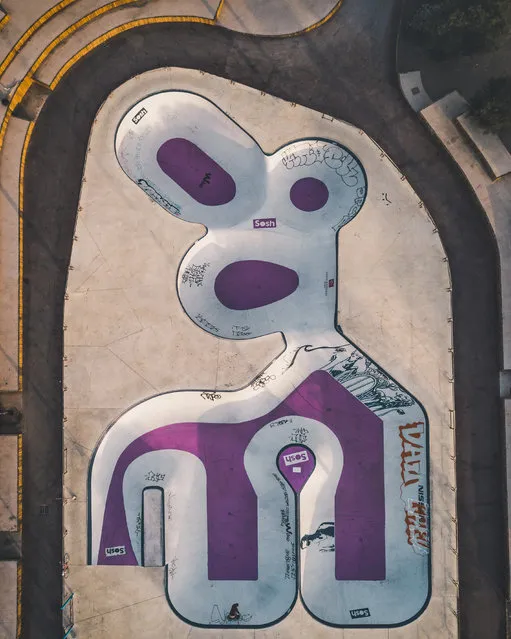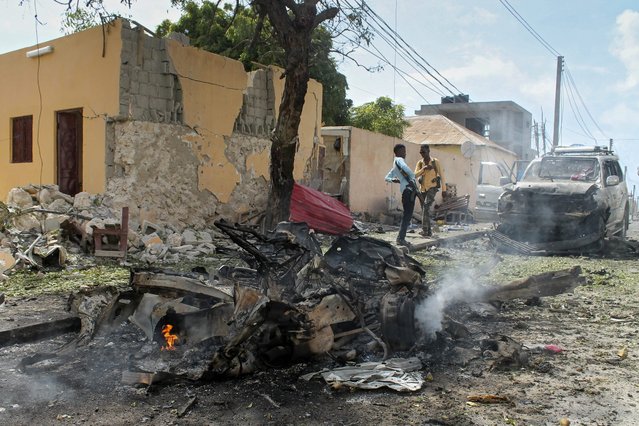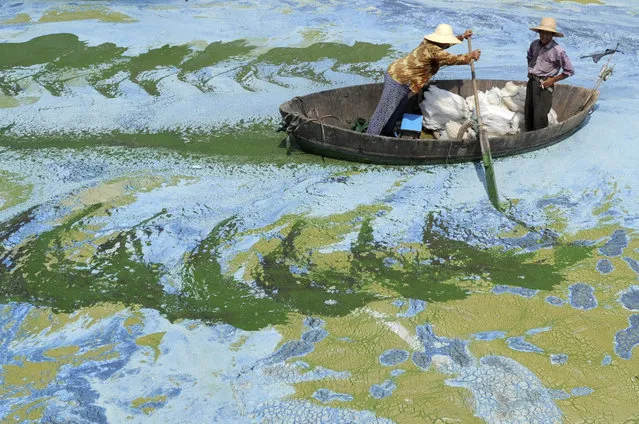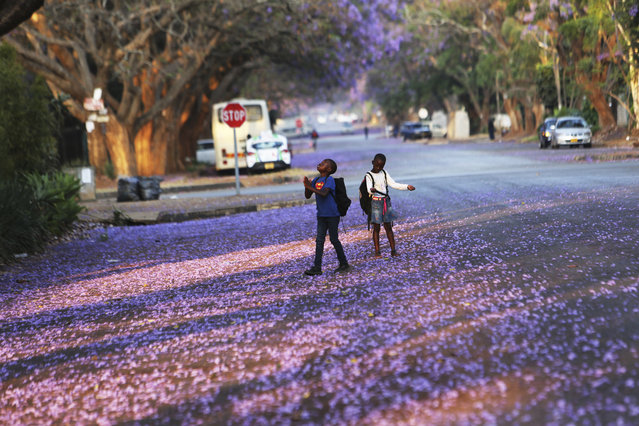
These images are enough to make viewers do a double-take. Although they look like vibrant works of abstract art, they are actually drone photographs taken by brothers J.P. and Mike Andrews, from near Wolverhampton, England. Here: Kickflip. (Photo by J.P. Andrews/Mike Andrews/Caters News Agency)
16 Jan 2018 06:19:00,post received
0 comments







